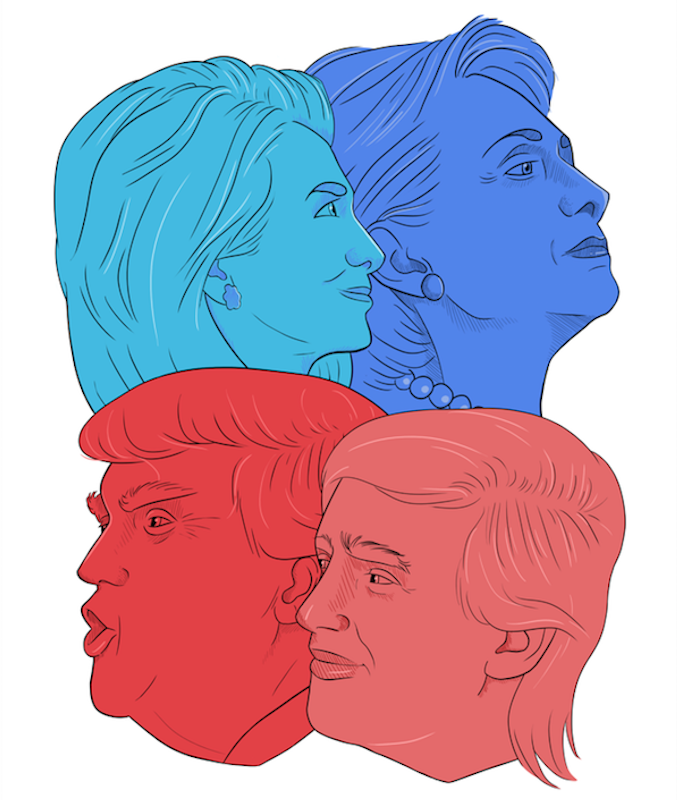The Evolution of American Political Parties
by Taylor Synclair Goethe | published Nov. 4th, 2016
The 2016 presidential election is unique when compared to its predecessors. The introduction of democratic socialist Bernie Sanders and alternative right Donald Trump has pushed the already polarized Democratic and Republican parties to even further extremes.
Only four short years ago, President Barack Obama campaigned for re-election against then Republican nominee Mitt Romney. Although each party had its clear policy distinctions, no one questioned the validity of each party’s platform or the fitness of a candidate to lead. Now the current election cycle seems to be a far cry from the Democratic and Republican parties' former platforms.
The Former Democratic Party
Back in 2008, Obama was a superstar progressive that rallied scores of minority and millennial voters to the polls. He had new ideas, a fresh perspective and a “Yes We Can” slogan that gave hope to a suffering generation that the Bush era was finally over and a new era would begin.
Then four years later, the honeymoon bells stopped ringing and voters were faced with the harsh reality that recovering from the biggest economic recession since the Great Depression can only happen at a snail’s pace. In 2012, the Democratic party was less concerned about starting a new political revolution than trying to resell Obama to its weary voters. His second campaign slogan, “Forward” — better described as “Steady as she goes” — was an effort to encourage voters to be patient for the prosperity to come. Although did not retrieve back all the youth voters he rallied in 2008 they were still a deciding factor in the election as statistics by
The Former Republican Party
The Democratic Party and Their Nominee Now
The Republican Party and Their Nominee Now
| Website: www.hillaryclinton.com | Website: www.donaldjtrump.com |



